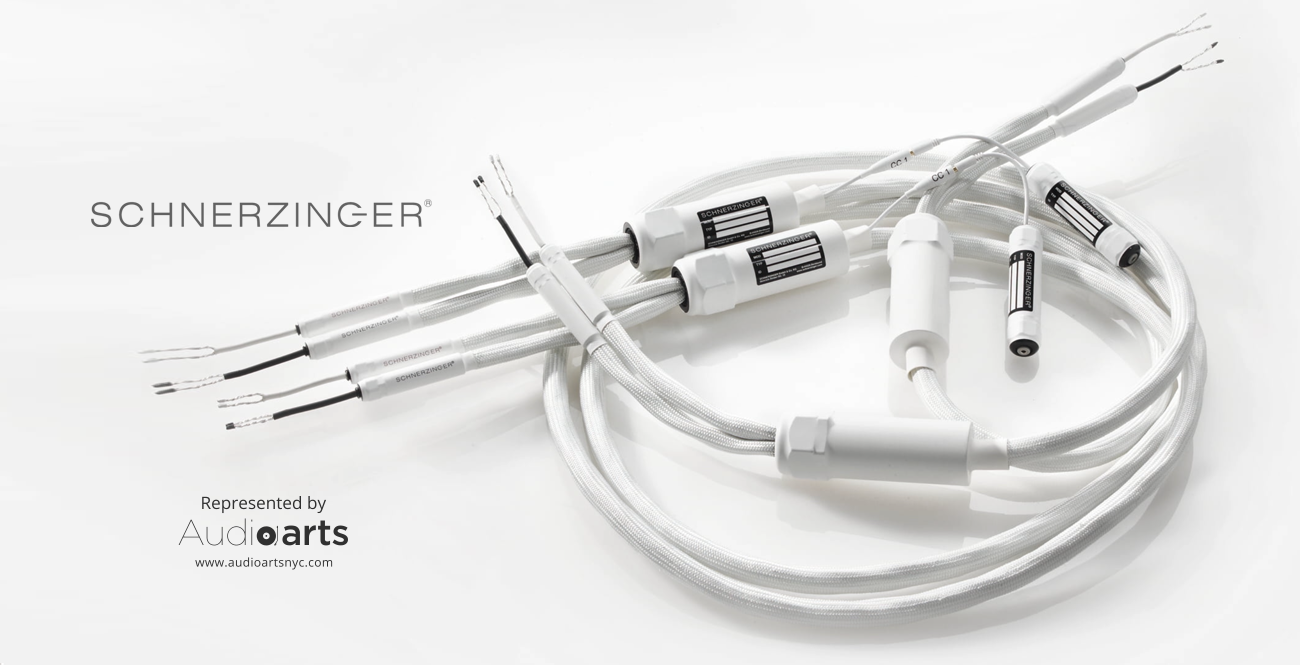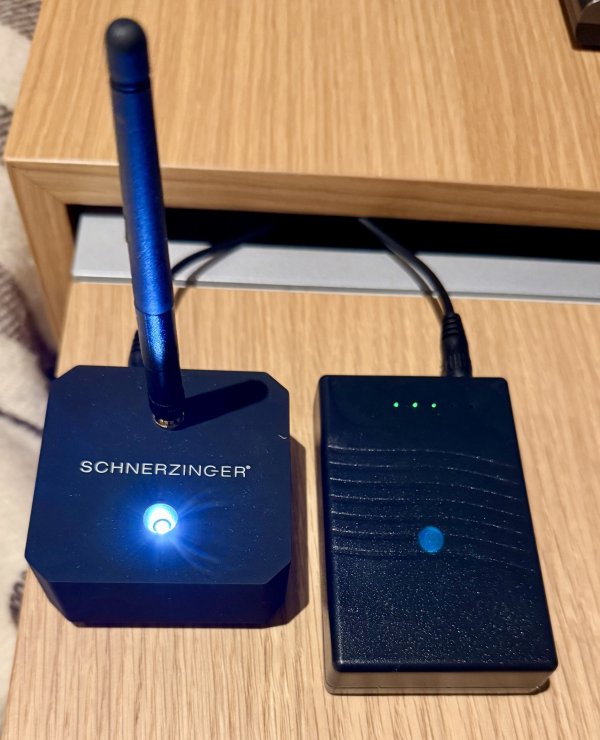It is very good that Gideon and Schnerzinger are working together to be able to advise US customers in the best possible way.
To round off the topic of the German power system, I outline three simple and cost-effective measures that I had taken to optimize the power supply of my hi-fi system:
An exception applies to the stove, as it draws its high-voltage current from all three phases together. This results in a calculated voltage of 230V *√3 (square root of three) = 400V and thus the correspondingly higher power that the stove needs. The stove is protected accordingly in the distribution box via 3 fuses.
After each of these (not high end) measures, the gain in quality was clearly audible.
To round off the topic of the German power system, I outline three simple and cost-effective measures that I had taken to optimize the power supply of my hi-fi system:
- 1. A separate circuit for my hi-fi system with a better supply cable and a fuse instead of the usual circuit breaker
- 2. This circuit uses one phase (almost) exclusively
- 3. A separate grounding for the hi-fi system
An exception applies to the stove, as it draws its high-voltage current from all three phases together. This results in a calculated voltage of 230V *√3 (square root of three) = 400V and thus the correspondingly higher power that the stove needs. The stove is protected accordingly in the distribution box via 3 fuses.
After each of these (not high end) measures, the gain in quality was clearly audible.




